Total resistance in a parallel circuit can be found by applying Ohm’s Law. Divide the voltage across the parallel resistance by the total line current as shown in below equation.

Example:
Find the total resistance of the circuit shown in Figure 25 if the line voltage is 120 V and total current is 26A.
Solution :
RT = V/IT
RT = 120 / 26 = 4.62 Ω
The total load connected to a 120 V source is the same as the single “equivalent resistance” of 4.62Ω connected across the source (Figure 26). Equivalent resistance is the total resistance a combination of loads present to a circuit.
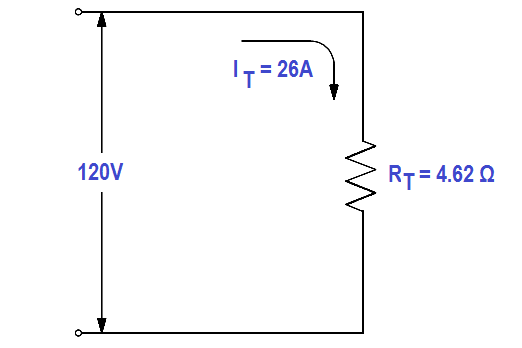
Figure 26 Equivalent Resistance in a Parallel Circuit
The total resistance in a parallel circuit can also be found by using the below equation.

Example 1:
Find the total resistance of a 4Ω, and 8Ω ,and a 16Ω resistor in parallel (Figure 27).
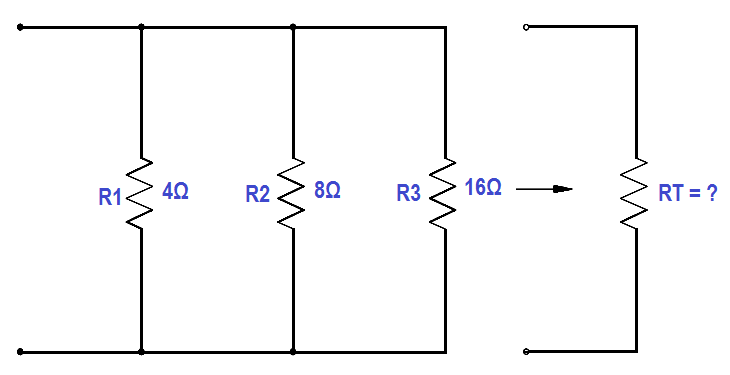
Figure 27 Total Resistance in a Parallel Circuit
Solution :

1 / RT = 1/4 + 1/8 + 1/16
RT = 16/7 = 2.29 Ω
Note: Whenever resistors are in parallel, the total resistance is always smaller than any single branch.
Example 2:
Now add a fourth resistance of 4Ω in parallel to the circuit in Figure 27. What is the new total resistance of the circuit?
Solution:

1 / RT = 1/4 + 1/8 + 1/16 + 1/4
RT = 16/11 = 1.45 Ω

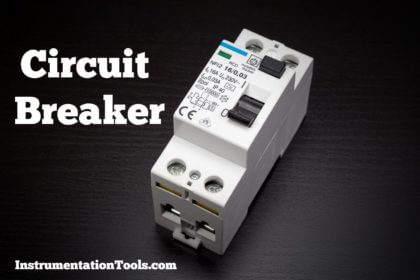
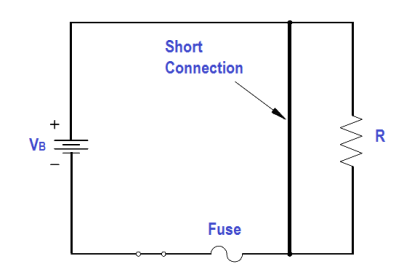
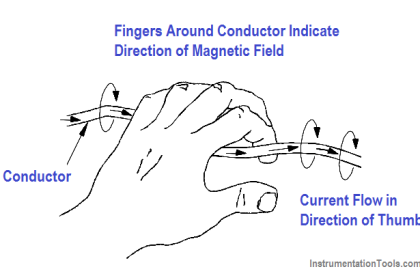
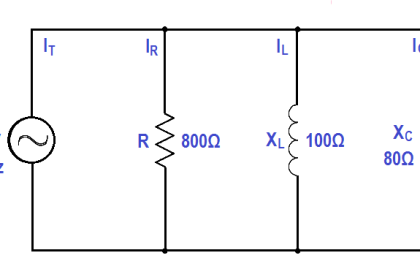
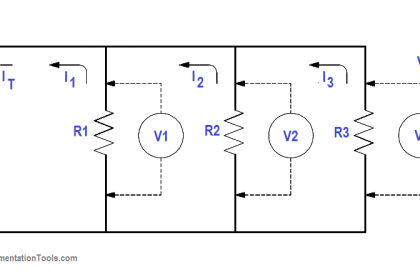
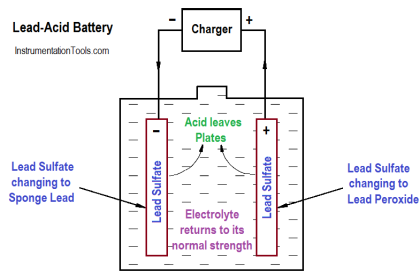
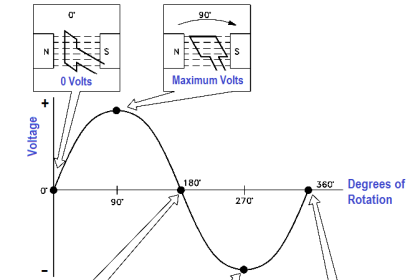
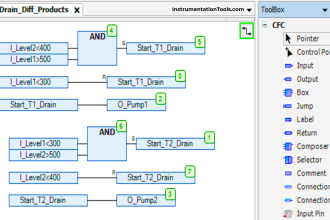
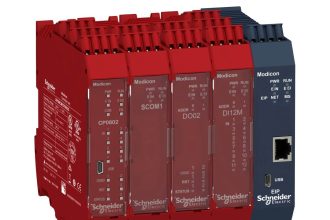
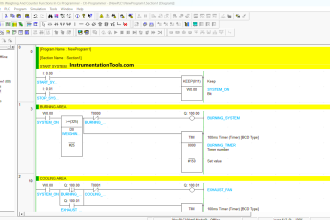
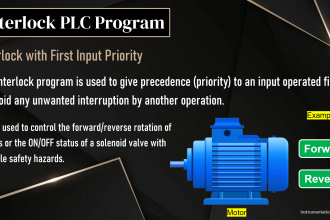

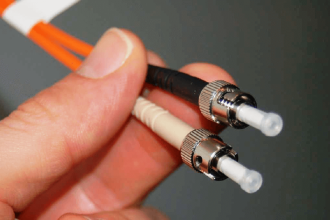
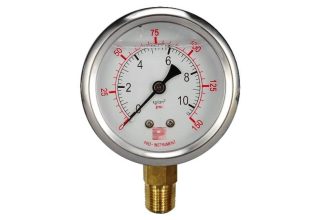
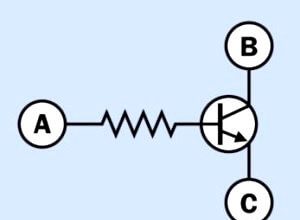

confused? how do you find the dividing number? base number to dived into the highest resistance total?